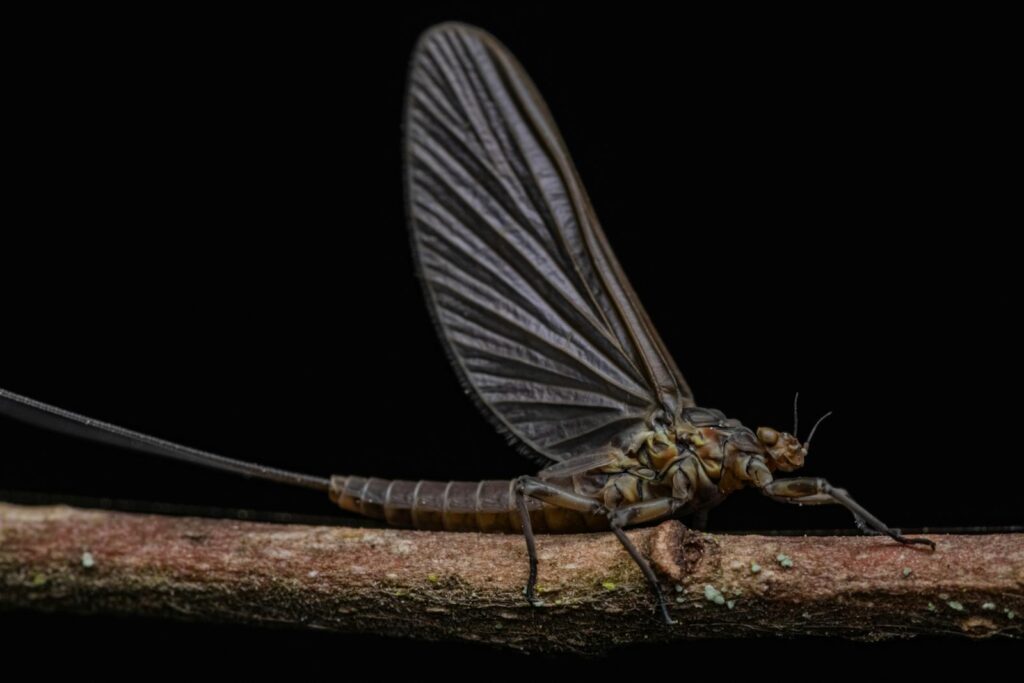In the grand theater of nature, few performances are as brief yet spectacular as the life of a mayfly. These delicate insects emerge from water, transform into winged adults, mate, lay eggs, and die—all within approximately 24 hours. Their ephemeral existence has fascinated scientists and poets alike for centuries, becoming a powerful metaphor for life’s brevity. Yet despite their fleeting presence above water, mayflies have thrived for over 300 million years, suggesting their unusual lifestyle is not a biological shortcoming but rather a refined evolutionary strategy. Their story offers a profound reminder that in nature, success isn’t measured by longevity alone but by the ability to perpetuate life across generations.
The Remarkable Mayfly Life Cycle
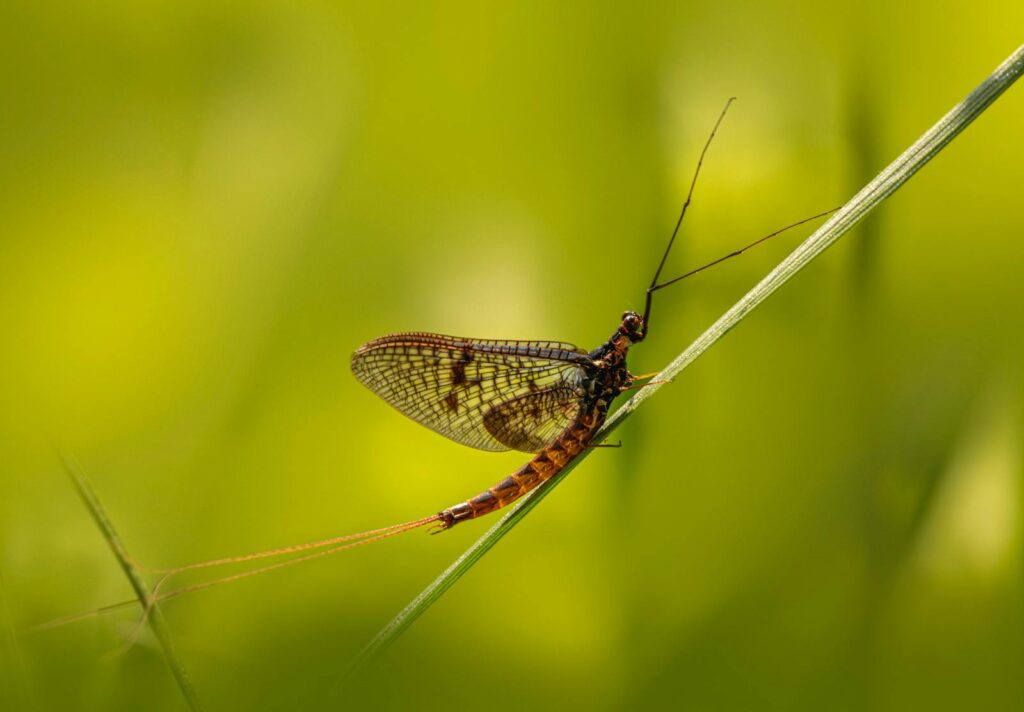
Mayflies belong to the order Ephemeroptera, a name derived from the Greek word “ephemeros,” meaning “lasting a day”—a perfect description of their adult phase. However, their complete life cycle is far more complex than their common name suggests. Before their famous day-long adult stage, mayflies spend months or even years as aquatic nymphs (also called naiads), developing in freshwater environments. During this extended juvenile period, they undergo multiple molts—sometimes up to 50—gradually developing the structures needed for their brief adult life. This striking contrast between their lengthy underwater development and fleeting aerial existence represents one of the most extreme life history strategies in the insect world, highlighting nature’s astonishing diversity of survival approaches.
Masters of Underwater Development
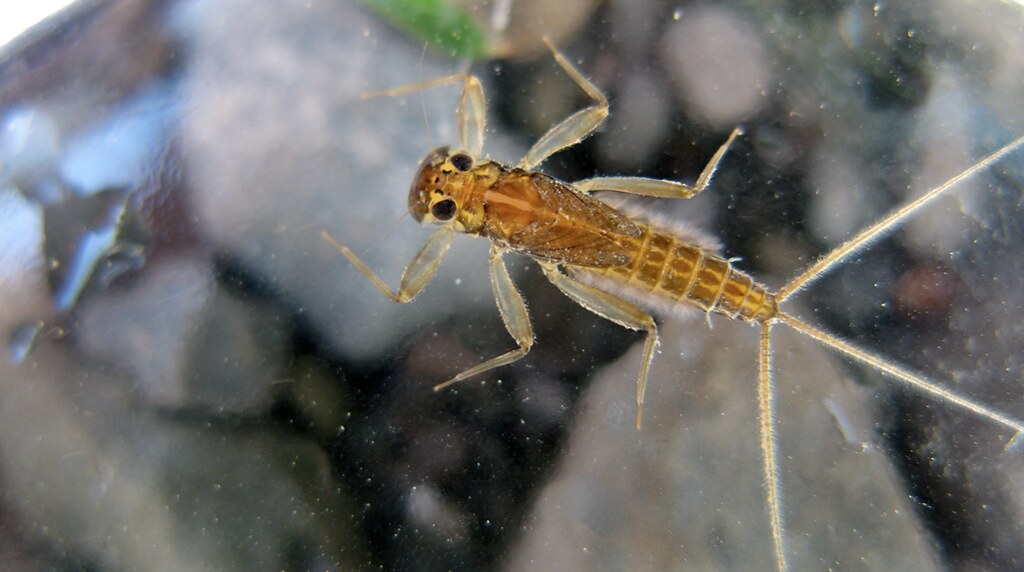
As nymphs, mayflies are perfectly adapted to aquatic life, with specialized gills that extract oxygen from water and streamlined bodies that help them navigate currents. These juveniles play crucial ecological roles as they feed primarily on algae, detritus, and small organic particles, effectively processing nutrients and energy within freshwater ecosystems. Different mayfly species have evolved specialized mouthparts for particular feeding strategies—some are scrapers that remove algae from rocks, others are collectors that filter particles from the water, and some are even predators of smaller organisms. This extended underwater phase, lasting anywhere from several months to several years depending on the species, is when mayflies do most of their growing and energy accumulation, essentially preparing for their brief but energetically demanding adult phase.
The Extraordinary Transformation
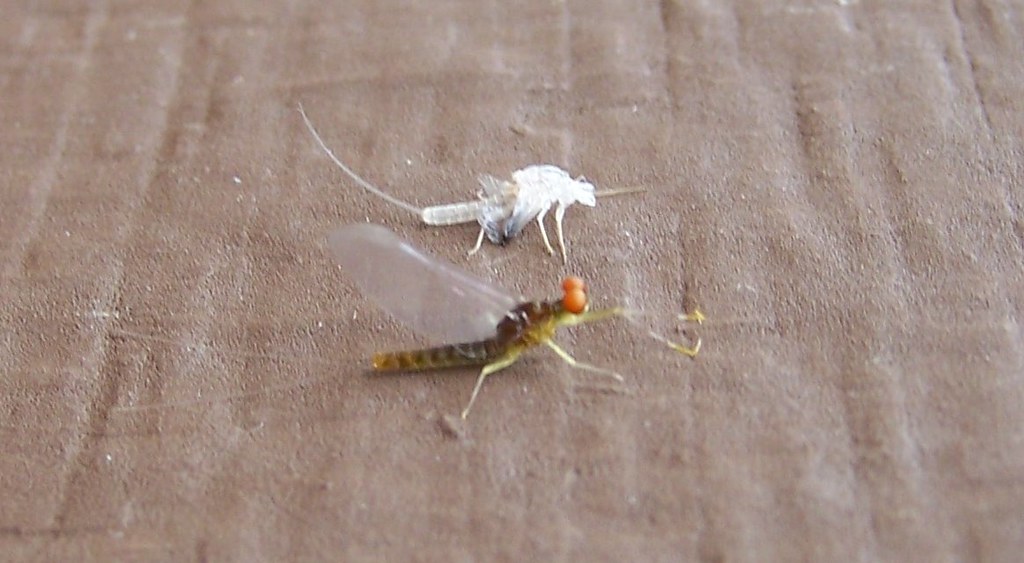
When mayfly nymphs reach maturity, they undergo one of the most dramatic metamorphoses in the insect world. Rising to the water’s surface, they molt into a unique life stage called a subimago or “dun”—a winged but sexually immature form that exists nowhere else in the insect world. This subimago stage is remarkable because it represents an intermediate step between aquatic nymph and terrestrial adult, possessing cloudy wings and dull coloration. Within minutes to hours, this subimago molts again, shedding its skin one final time to emerge as a fully mature adult or “spinner” with transparent wings and more vibrant coloration. This double metamorphosis at the end of development is unique to mayflies and represents an evolutionary peculiarity that scientists still work to fully understand.
Synchronicity: The Power of Mass Emergence
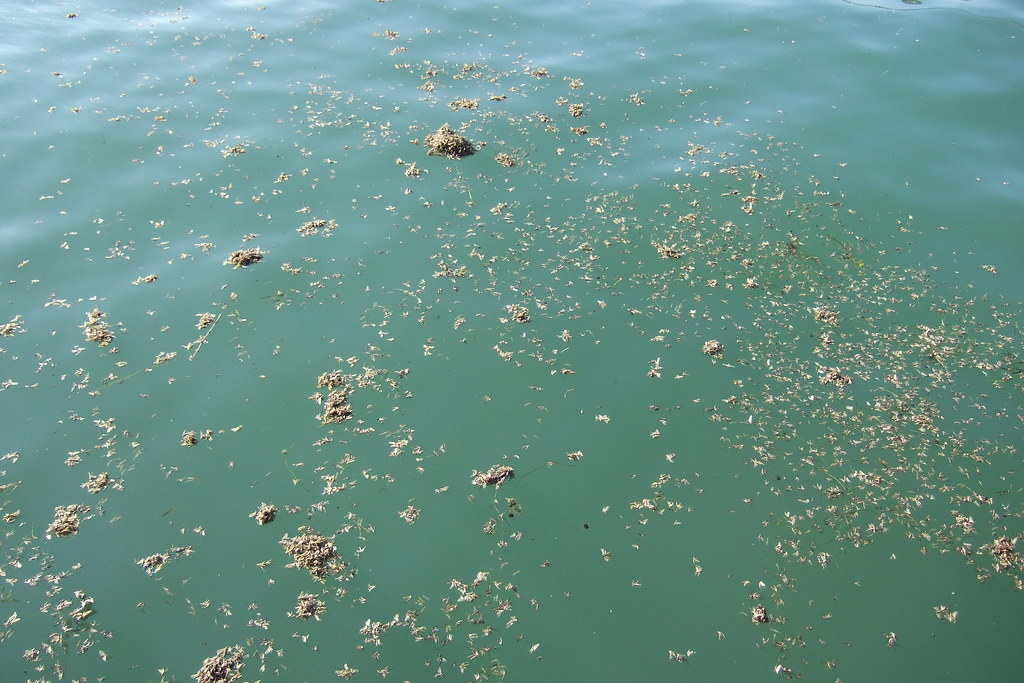
Perhaps the most spectacular aspect of mayfly biology is their synchronized emergence, when millions of individuals transform into adults simultaneously. These mass emergences create breathtaking natural events, sometimes visible on weather radar and occasionally requiring snowplows to clear bridges and roads of their accumulated bodies. This synchronization serves multiple survival purposes, overwhelming potential predators through sheer numbers and ensuring that mates can easily find each other during their brief adult phase. The timing of these emergences is precisely tuned to environmental cues like water temperature, day length, and even lunar cycles, allowing mayflies to maximize their reproductive success despite their extremely limited adult lifespan. Some species are so precisely synchronized that the vast majority emerge within just a few hours of each other, creating what scientists call a “predator satiation” effect.
A Life Without Eating
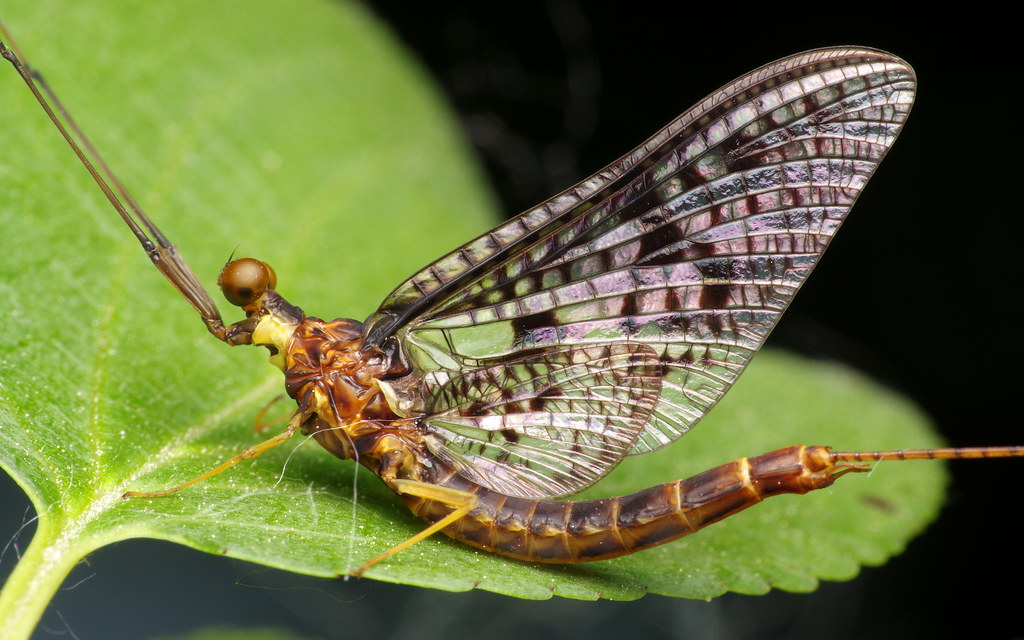
One of the most fascinating adaptations of adult mayflies is their complete lack of functional mouthparts. As adults, mayflies cannot eat or drink—their digestive systems are essentially vestigial, filled with air that helps them maintain buoyancy during flight. This seemingly disadvantageous trait actually makes perfect evolutionary sense when considering their life history strategy. Since adults live such brief lives focused entirely on reproduction, they rely entirely on energy reserves accumulated during their much longer nymph stage. Their digestive tracts have been repurposed as air-filled sacs that provide additional buoyancy for flight, an elegant example of how evolution can repurpose structures when their original function becomes unnecessary. This adaptation also explains why extending the adult mayfly’s lifespan would provide no survival advantage—they literally have no way to refuel.
The Sophisticated Mating Dance
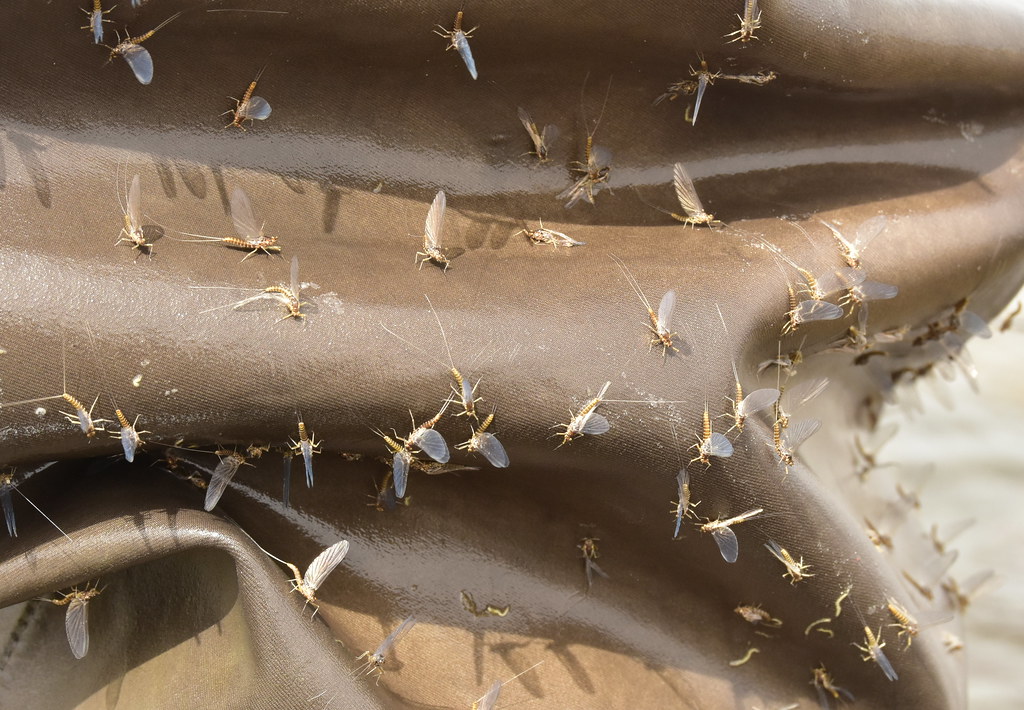
Despite their brief lives, mayflies engage in one of nature’s most elaborate mating rituals. Males form large swarms, often near water bodies, flying in distinctive up-and-down patterns that create mesmerizing aerial displays at dawn or dusk. These swarms function as leks—competitive mating assemblies where females select partners based on flight performance, which likely indicates genetic fitness. Female mayflies fly into these swarms, quickly pair with males, and mate in mid-air in a process that typically takes just seconds to minutes. The males use specialized elongated front legs to grasp females during this aerial coupling, an adaptation specifically evolved for their unique mating strategy. After mating, females immediately search for appropriate water surfaces to deposit their eggs, while males may return to the swarm for additional mating opportunities.
The Final Gift: Egg-Laying Strategies
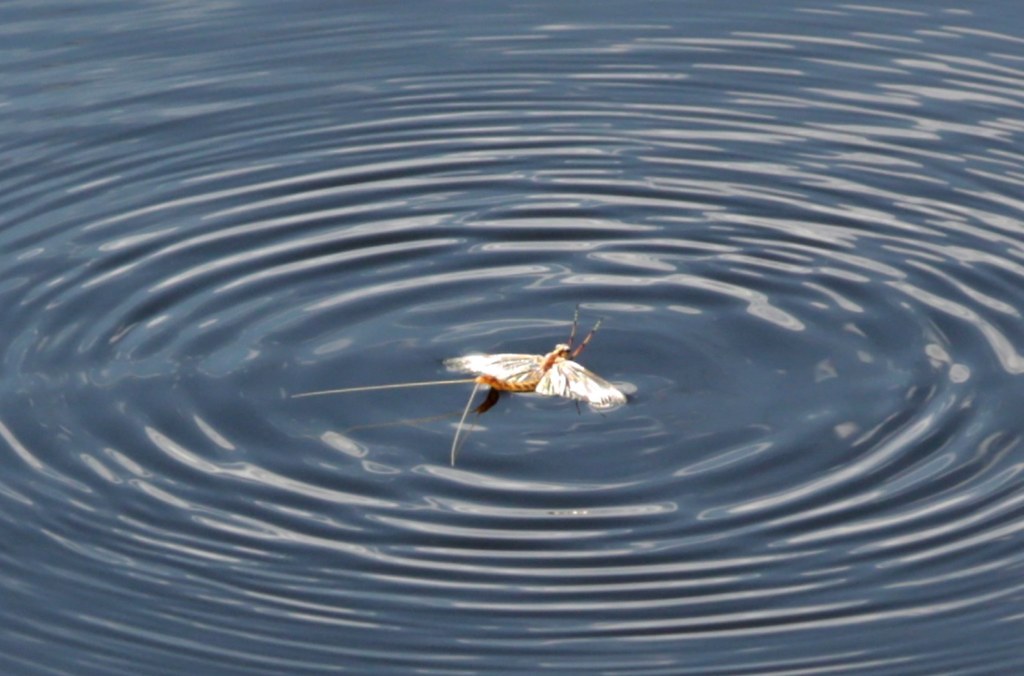
Female mayflies employ diverse and sophisticated strategies for depositing their eggs, each evolved to maximize offspring survival in particular aquatic environments. Some species hover above water, periodically dipping their abdomens to release eggs directly onto the surface, while others land on the water and release all their eggs at once before being carried away by the current. Particularly remarkable are species that actually dive underwater to attach their eggs directly to submerged objects, ensuring they won’t be washed away. The most prolific females can produce up to 8,000 eggs, an impressive reproductive output that compensates for high mortality rates at all life stages. This reproductive investment represents the culmination of the mayfly’s entire life purpose—the conversion of energy gathered during its nymph stage into the next generation.
Ecological Importance Beyond Their Brief Lives
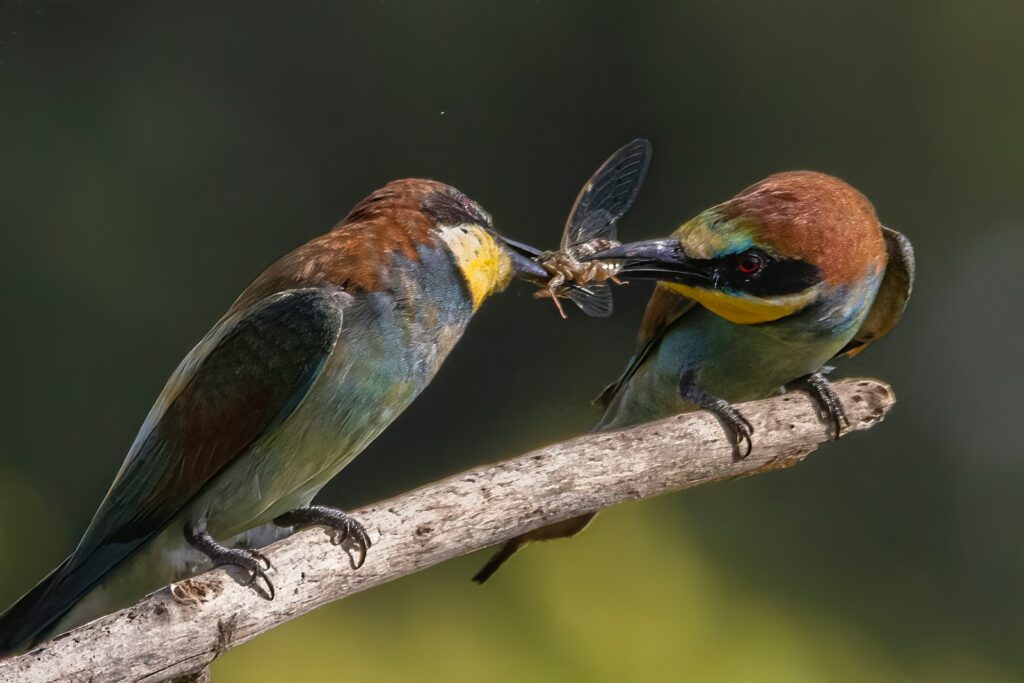
The ecological significance of mayflies extends far beyond their individual lifespans, as they form a crucial link in freshwater food webs. Mayfly nymphs are important processors of organic matter in aquatic ecosystems, converting algae and detritus into animal protein that becomes available to larger predators. The brief but abundant pulse of adult mayflies provides a critical food source for numerous animals including fish, birds, bats, and other insects, representing a significant energy transfer from aquatic to terrestrial ecosystems. Some fish species synchronize their spawning with mayfly emergences to take advantage of this abundant food source for their young. Additionally, because mayfly nymphs are sensitive to pollution and habitat degradation, their presence or absence serves as a valuable bioindicator of water quality, making them important tools in environmental monitoring programs worldwide.
Ancient Survivors: The Evolutionary Success Story
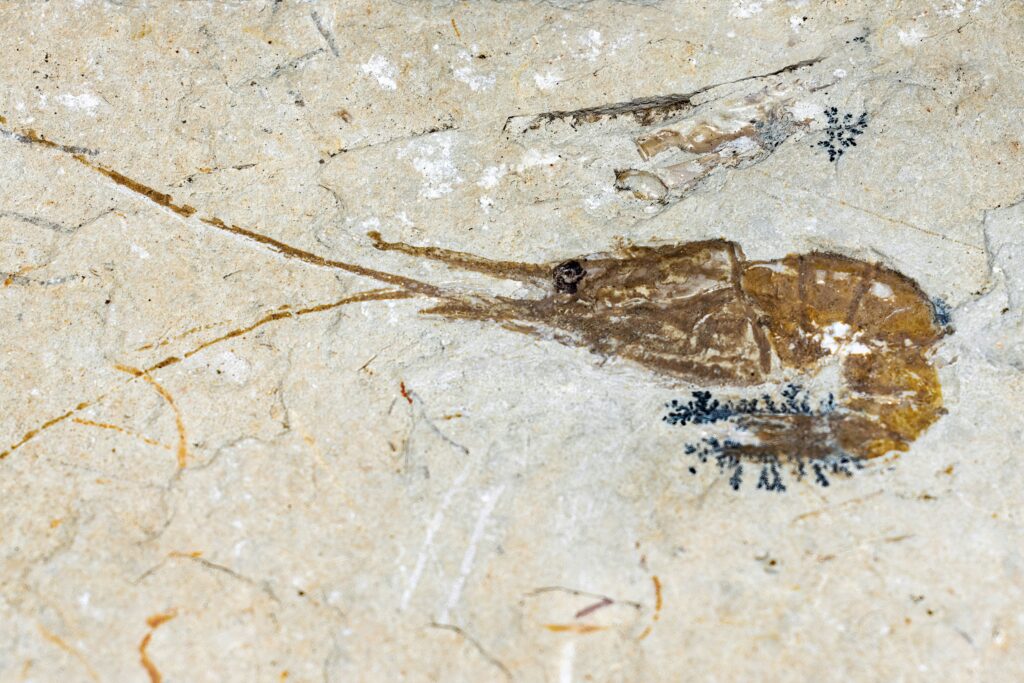
Despite their seemingly fragile existence, mayflies represent one of the oldest lineages of winged insects on Earth, with fossil records dating back over 300 million years to the Carboniferous period. These ancient fossils show remarkable similarity to modern forms, suggesting that the mayfly’s distinctive life history strategy has been successful over evolutionary timescales that have seen countless other insect groups appear and disappear. Mayflies have survived multiple mass extinction events, including the Permian-Triassic extinction that wiped out approximately 96% of marine species and the Cretaceous-Paleogene event that eliminated the dinosaurs. Their evolutionary persistence stands as compelling evidence that their brief adult lifespan is not a limitation but rather a specialized adaptation that has proven remarkably effective across geological eras, challenging our human-centric perception that longer lives are inherently “better.”
Cultural Significance Across Civilizations

The mayfly’s ephemeral existence has inspired human art, literature, and philosophy across diverse cultures and time periods. In ancient Mesopotamia, the Epic of Gilgamesh used mayflies as symbols of life’s transience, while traditional Japanese poetry often references these insects as emblems of impermanence and the beauty of fleeting moments. European Renaissance painters included mayflies in vanitas still lifes to remind viewers of mortality, and numerous literary works from Shakespeare to modern authors have employed mayfly metaphors to explore themes of brevity and purpose. Native American cultures incorporated mayflies into their storytelling traditions, often associating them with transformation and spiritual rebirth. This cross-cultural fascination demonstrates how these tiny insects have served as powerful symbolic vehicles for exploring fundamental human questions about the nature and meaning of existence.
Conservation Challenges in a Changing World

Despite their evolutionary resilience, many mayfly populations face significant threats in the Anthropocene era. Water pollution, particularly from agricultural runoff, industrial waste, and urban development, directly impacts the sensitive nymphs that require clean, oxygen-rich environments. Habitat destruction through dam construction, channelization, and wetland drainage has eliminated crucial mayfly breeding grounds in many regions. Climate change poses additional challenges by altering water temperatures and flow patterns, potentially disrupting the precise environmental cues that trigger synchronized emergences. Recent studies have documented alarming declines in mayfly abundance in several regions, with some research suggesting that total mayfly biomass in certain North American waterways has decreased by over 50% in recent decades. These declines ripple through ecosystems, affecting the numerous species that depend on mayflies for food and highlighting the interconnected nature of environmental health.
Scientific Research and New Discoveries
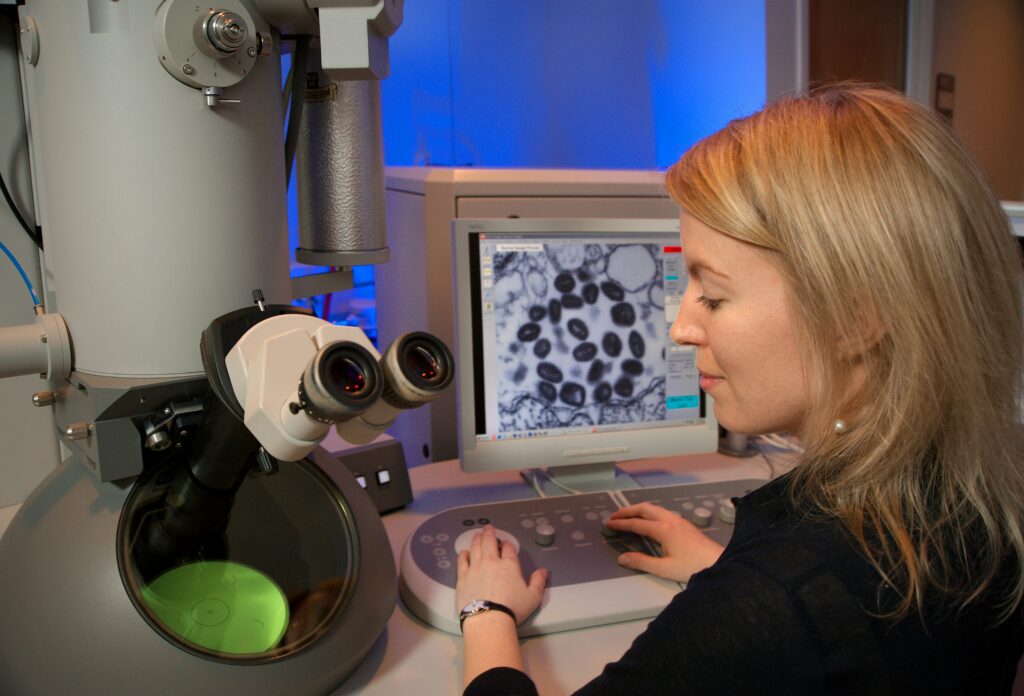
Modern scientific techniques are revealing fascinating new aspects of mayfly biology that were previously unknown. Genetic studies have identified cryptic species—physically similar but genetically distinct mayfly populations that had been classified as single species, suggesting much greater biodiversity than previously recognized. Advanced imaging technologies have allowed researchers to document the precise aerodynamics of mayfly flight, including their unique wing structure and movement patterns that maximize efficiency during their brief aerial phase. Physiological research has uncovered remarkable adaptations that allow rapid development during the final transformation stages, including specialized hormonal systems that coordinate the dramatic metamorphosis. Environmental DNA sampling now enables scientists to detect mayfly presence in waterways without direct observation, creating new opportunities for conservation monitoring. These scientific advances continue to deepen our understanding of these remarkable insects and their specialized life history strategy.
Lessons from a Day-Long Life
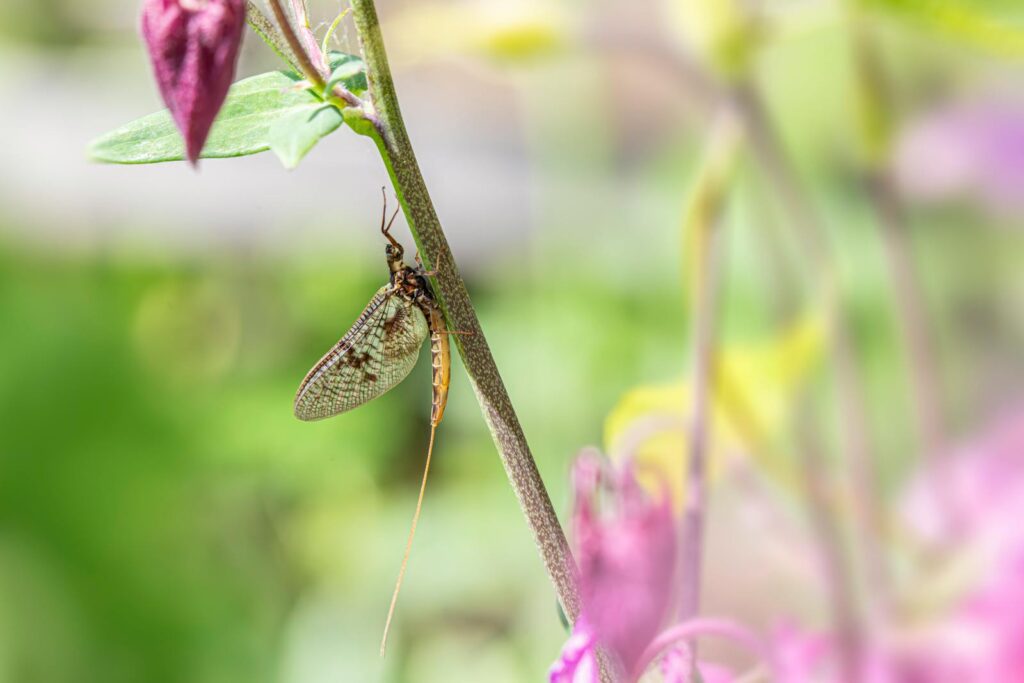
The mayfly’s existence offers profound perspective on what constitutes a successful life strategy. Their evolutionary approach prioritizes reproductive efficiency over longevity, challenging anthropocentric views that longer lives are inherently more meaningful or successful. By concentrating all their adult energy on reproduction rather than maintenance and growth, mayflies exemplify a “live fast, die young” strategy that has proven remarkably effective across hundreds of millions of years. Their success reminds us that in biological terms, passing genetic material to the next generation—not individual longevity—is the ultimate measure of evolutionary fitness. As humans grapple with questions of purpose and meaning, the mayfly offers a compelling reminder that intensity of experience rather than duration can define a life fully lived, and that our impact can extend far beyond our individual existence through the connections we create and the legacy we leave behind.
Conclusion
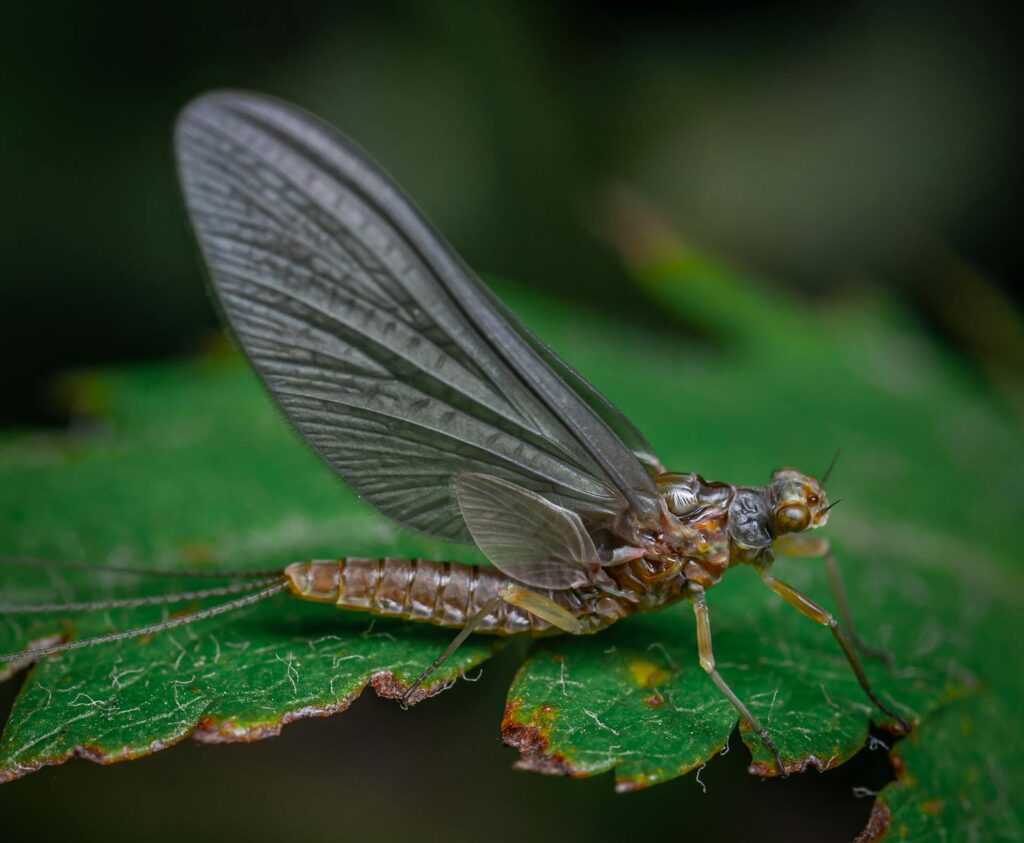
The mayfly’s day-long adult life, far from being a limitation, represents one of nature’s most refined evolutionary strategies—a testament to the diverse and sometimes counterintuitive paths to success in the natural world. Their brief existence above water belies the complexity of their complete life cycle and their enormous ecological importance. As we face our own mortality and contemplate what makes a life meaningful, these ancient insects offer a powerful reminder that impact is not measured in time but in purpose fulfilled. The mayfly’s dance may last just hours, but its evolutionary performance has run for hundreds of millions of years, an enduring success story written one brief, spectacular day at a time.

